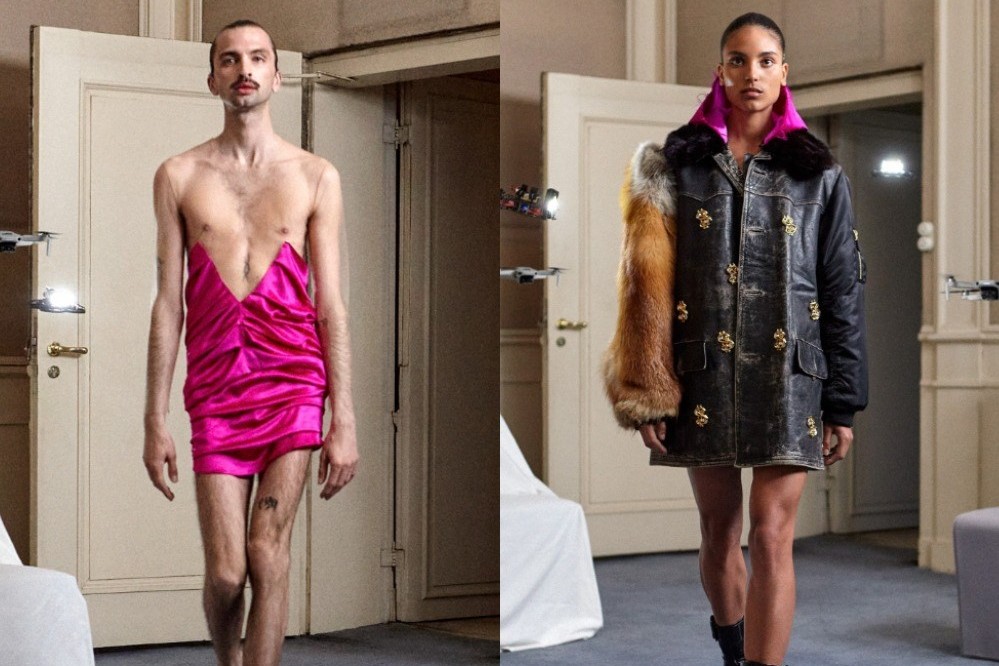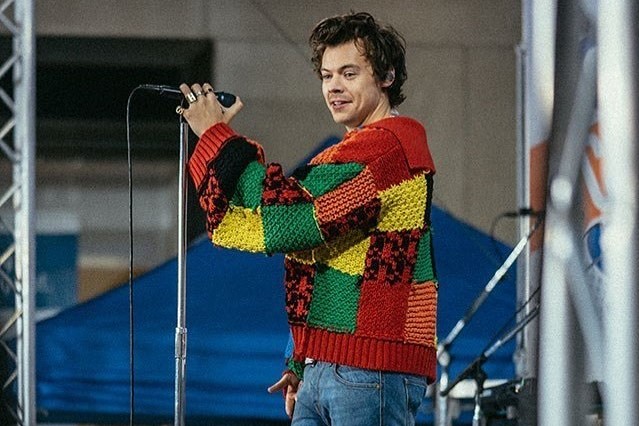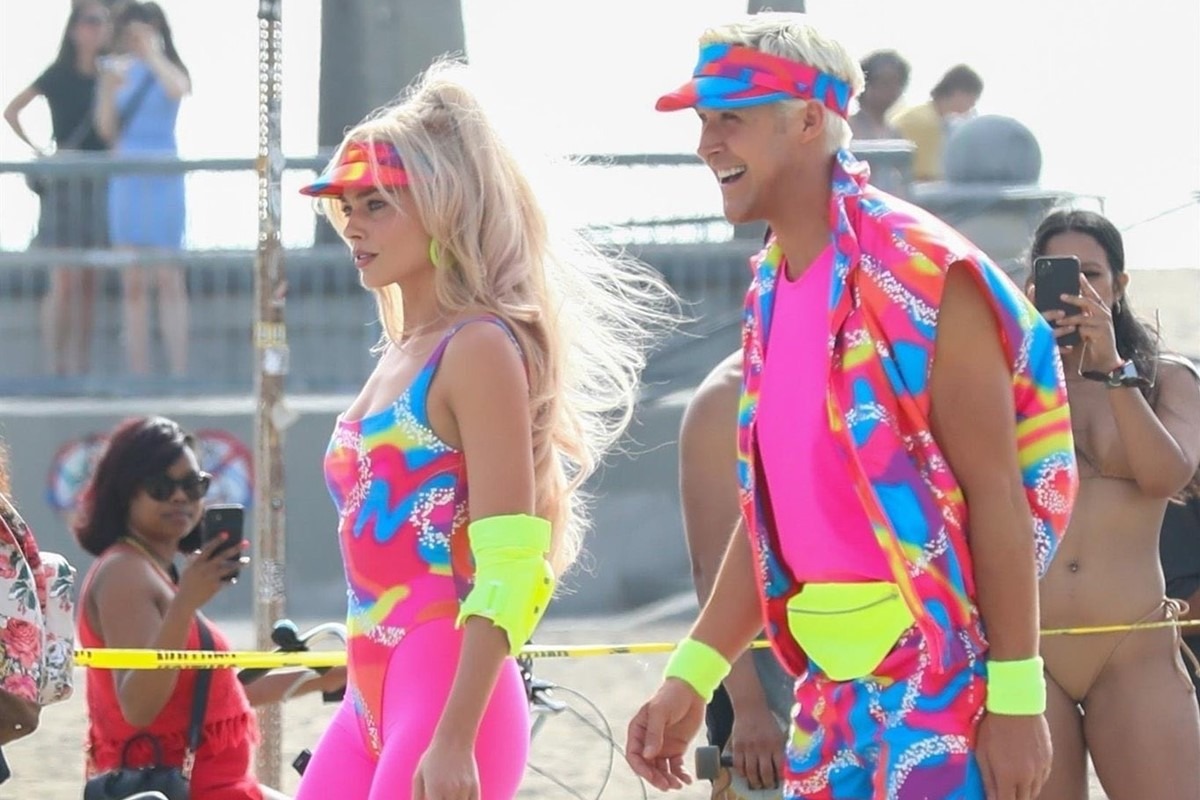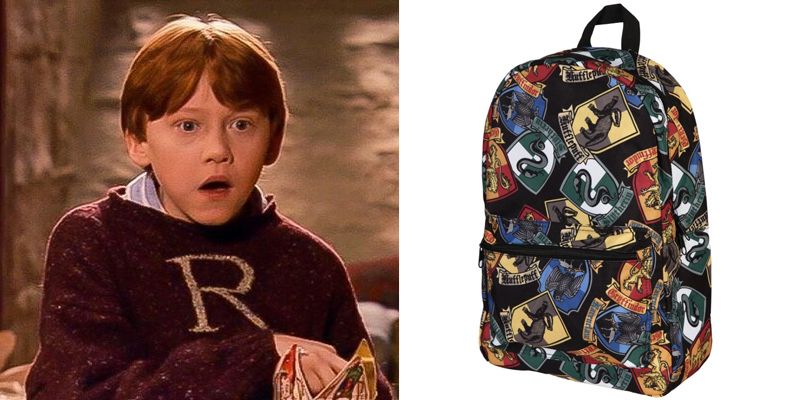
Duran Lantink is ridiculing and revolutionising the fashion industry
Through spliced and diced collections Frankensteined from designer deadstock served up with a side of humour, Lantink pokes fun at fashion’s flaws
Clicking onto Duran Lantink’s latest show, you arrived not at a landing page emblazoned with the designer’s logo and a bit of nondescript techno, but a pokey, CGI bathroom. It was if you had journeyed off-grid to some kind of drab motel on Grand Theft Auto or The Sims – the kind of greying WC that evokes nothing more than liminality and mildew slime.
With guests suspended in Lantink’s virtual no man’s land, a mirror steamed over, hot with anticipation for the designer’s team to publish the pre-recorded show, while, somewhere in the background, a shower ran on an endless loop. Not exactly the warmest of welcomes, but that is, of course, the point. “It’s all about playing with the system,” the designer explains, “and finding the human in the digital world”. As the show kicked off, the usual hum of editors on the front row was replaced with the mosquito buzz of drones, which encircled and pursued models as they traipsed through the backrooms of a 17th century Dutch palace.




This presentation, which landed last week, marks the first time Lantink has shown a standalone collection. Much of the pandemic was spent collaborating with the likes of Ellery and Billie Eilish, who called on the Amsterdam local for his signature reconstructed aesthetic – Frankensteined from second hand donations, deadstock designer fabrics, and even his own wardrobe. It means that Lantink, all things considered, has had a lovely old lockdown. “It felt really fun and really free,” he says. “It was just a positive that everything we do is made at my studio so I wasn’t relying on other companies, manufacturing hubs, or production houses.”
First rising to notoriety as the designer behind Janelle Monáe’s ruffled vagina trousers in “Pynk”, Lantink has since become known (and lauded) for his innovative use of recycled materials, violent cut-and-paste techniques, and wild cross-bred garments. “There’s such a stigma around sustainability. You just think about very dull people and very dull clothes, which is horrible because it shouldn’t be like that.”
By tearing away at pre-existing clothes and splicing them back together, Lantink has offered up a visceral, albeit easy, metaphor for his disavowal of industry norms – one which has been extrapolated to no end throughout interviews with the designer. But these long, unfurling descriptions of a renegade artist unpicking the seams of the fashion system often detracts from the work itself. “I hope people just start looking at the aesthetic,” he says, “without it being sustainable, or ecological, or repurposed. For me, it’s just about how it looks”.
This time around, zig-zagged sparkly dresses, diamante g-strings, and snakeskin corseted bodyguard puffers – all with the odd boob flopped out – spoke to the designer’s obsession, or affliction, with ‘sex sells’. “If you think about that phrase, you think of an advertising campaign with a tiny bikini or something. But then the nipples and the genitals will always be hidden. So that was my question – like, why are they being hidden?” In a lampooning of fashion’s favourite adage, Lantink’s pieces come melded with naked illusion mesh, while dresses are tugged far below the breast, and skirt slits are cut right up into the groin.
It’s not so much cynical as it is plain funny. Beyond the occasional pastiche of Jeremy Scott and Demna Gvasalia, or perhaps the stomach-churning designs of Gareth Wrighton or Rottingdean Bazaar, fashion rarely cracks into a smile. Lantink, however, lights up at the slightest mention of humour. “It’s so important! Humour and playfulness is so, so important,” he says. “That’s how you get the energy out of something.” Having a laugh, for this designer, is not only very serious – it’s a vehicle for change. And who, exactly, the joke is aimed at is obvious – “It’s just the whole fashion system. It’s playing with and interrogating all of its traditions.”
Take the casting of Lantink’s latest show, for example. Despite pressure from industry pals to hire a “big name” and legitimise the brand, the designer and his team used AI to swap in famous faces onto the cast’s heads, rendering their own digitised models. “We wanted to question what it actually meant to have a million dollar face,” he says. But, translated into this fashion troll’s world of parody, Kendall, Bella, and Kaia were never going to make the cut. It was Elvis Presley and Muhammad Ali, instead, who Lantink paraded in tinfoil bodysuits and sternum grazing, magenta cocktail dresses.
“It was never about sustainability for me. It was just about finding a new way of designing. But it’s now become a labelling problem. Some people say I’m a designer, some say I’m a stylist, and others say I’m an artist. Now I’m an upcycler. But as long as I can do what I want to do, I don’t really care” – Duran Lantink
Similarly, the designer decided to blur out any and all Balenciaga logos (salvaged from deadstock) from the show, meaning full looks went by in one pixelated smudge. “We wanted to look at what it’s worth if you can’t see the brand. Does it become something different? Is it even still desirable?”
This proclivity for mischief isn’t to underestimate just how revolutionary Lantink’s approach is, either. His latest venture will allow customers to resell their pieces on his website, or request a completely restyled remake of previous purchases. Users of the service will receive records on where their clothes originated and how they have been altered – like adoption papers for the fashion forward. It’s an innovative strategy set to imbue our most-treasured pieces with seemingly infinite lives. As such, it may well redefine our relationship with clothing and the throwaway culture of fashion.
Fashion media has, predictably, swarmed on the designer’s green credentials. But how does Lantink feel about being heralded as the new sustainable brand? “Hmmm,” he takes a pregnant pause, as if to carefully word his response. “You know, it was never about sustainability for me. It was just about finding a new way of designing. But it’s now become a labelling problem. Some people say I’m a designer, some say I’m a stylist, and others say I’m an artist. Now I’m an upcycler. But as long as I can do what I want to do, I don’t really care.”
Between dodging cease and desist letters – which Lantink jokes he will print on a t-shirt and sell – the designer is gearing up for an affordably priced diffusion line and an exclusive capsule for a luxury London retailer. And although he “flatlines” when it comes to matters of the heart and never looks too far into the future, the anti-establishment designer can’t help but get gooey over fashion’s biggest institution. “Honestly the biggest dream would be to repurpose Chanel,” he says, “like a second, repurposed, Chanel line. I would love that”. Granted, it might be a while until we see Lantink step into Lagerfeld or Viard’s boots – not because the designer’s incapable, though. It’s just that the industry might need to learn how to crack a joke first.



